Trekking in Nepal for Women
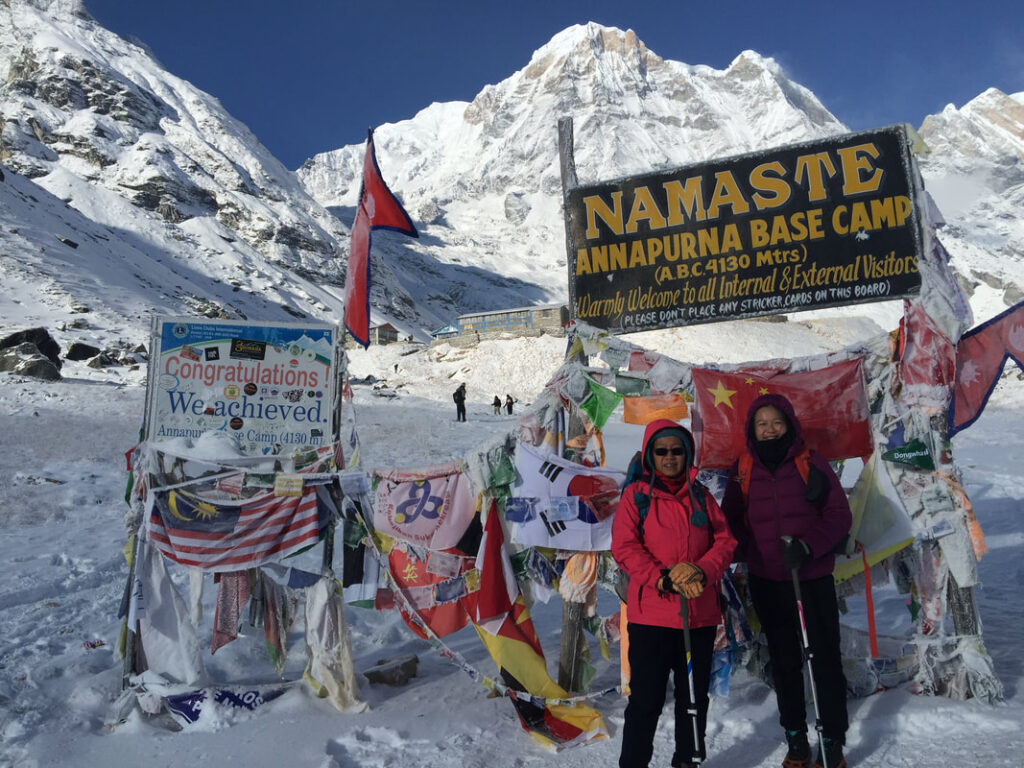
Trekking in Nepal for women is an extraordinary adventure that blends the thrill of exploring the world’s highest mountains with safety, empowerment, and cultural immersion. Nepal, cradled in the Himalayas, is a haven for female trekkers seeking scenic trails, vibrant traditions, and personal growth. From the iconic Everest Base Camp to the serene Manaslu, Nepal’s diverse trekking routes cater to all levels of experience, making it an ideal destination for solo travelers, groups, or first-time adventurers. This comprehensive guide delves into why Nepal is the ultimate choice for women trekkers, compares it to other countries, and highlights how Big Sky Treks ensures a safe, empowering, and unforgettable journey.
Why Nepal is Perfect for Women Trekkers
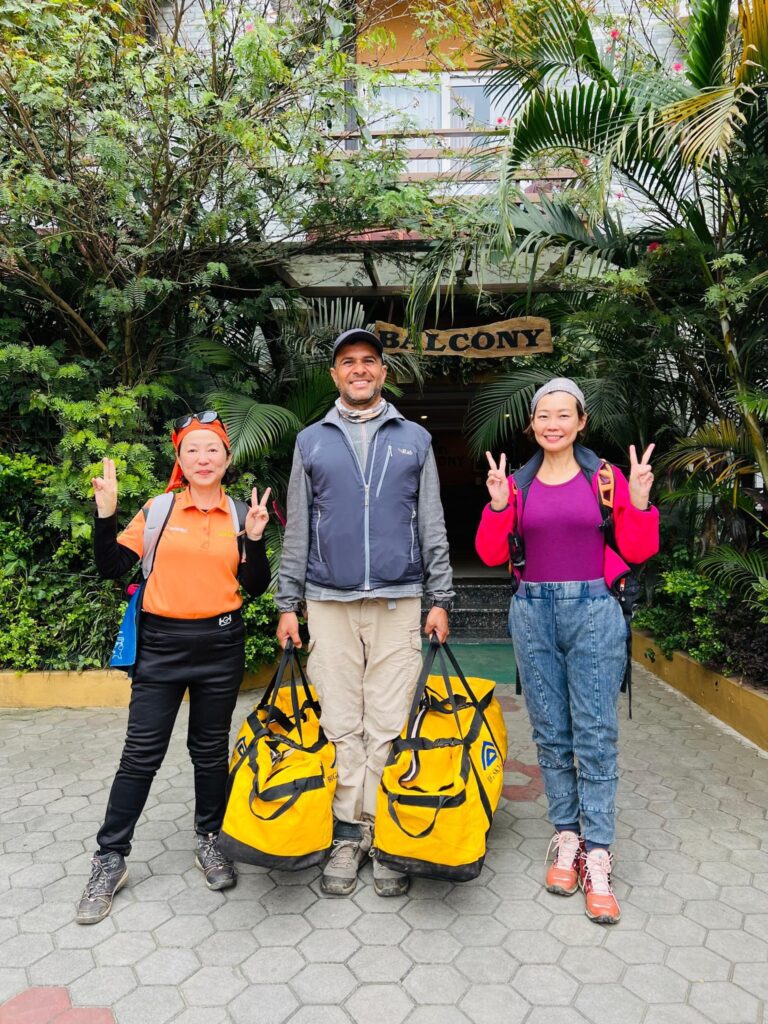
Nepal’s unique combination of natural beauty, cultural richness, and safety makes it a top destination for female trekkers. The country’s warm hospitality, exemplified by the welcoming smiles of Sherpas, Gurungs, and Tamangs, creates a supportive environment for women. Since April 2023, Nepal’s mandatory guide policy has enhanced safety, ensuring trekkers are accompanied by licensed professionals. Women-led trekking groups and female guides further elevate the experience, offering camaraderie and understanding tailored to female travelers.
Trekking in Nepal for women is about more than physical challenge—it’s a journey of empowerment. The Himalayan trails, ranging from easy to high-altitude treks, allow women to test their limits while surrounded by breathtaking vistas of peaks like Everest and Annapurna. The teahouse trekking system, where trekkers stay in cozy lodges run by local families, provides comfort and security, particularly for solo female travelers. Cultural immersion, from visiting ancient monasteries to sharing meals with locals, adds depth, making every step a story of connection and discovery.
Nepal’s trekking industry also champions women’s empowerment. Agencies like Big Sky Treks employ female guides and porters, fostering inclusivity and inspiring trekkers. With affordable costs, diverse trails, and a focus on safety, Nepal stands out as a destination where women can explore with confidence and independence.
Top 5 Trekking Routes for Women in Nepal
Nepal offers a variety of trekking routes, each with unique landscapes and cultural experiences. Here are six top treks ideal for women, chosen for their safety, accessibility, and appeal:
1. Everest Base Camp Trek (12-14 days)
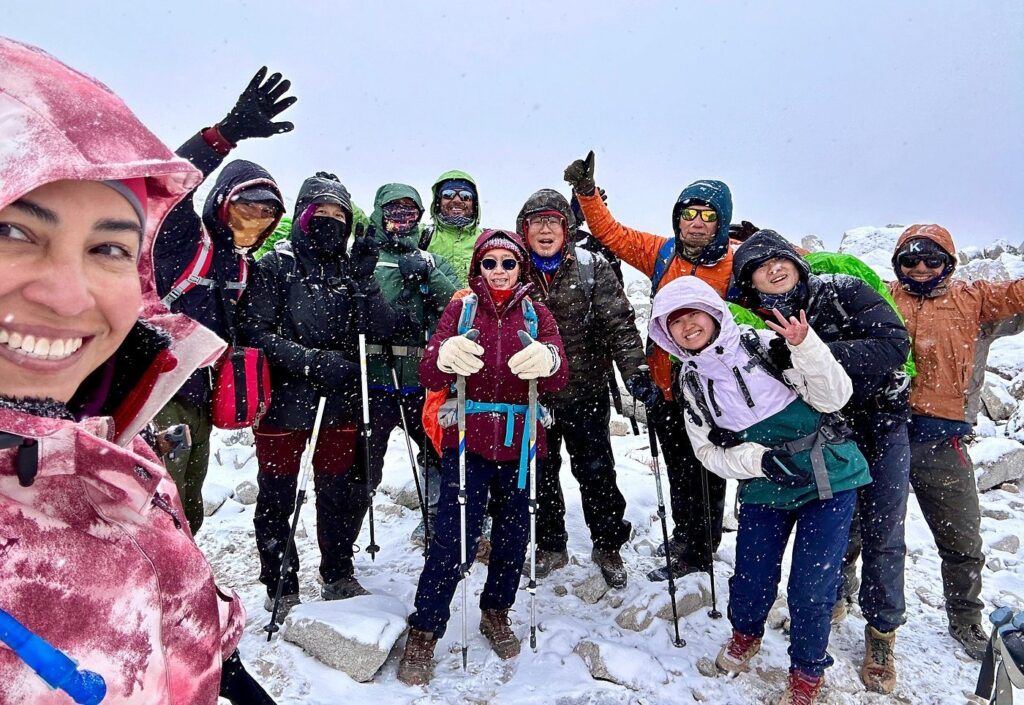
A bucket-list adventure, this trek takes you to the base of Mount Everest (5,364m). Starting with a thrilling flight to Lukla, the trail winds through Sherpa villages, suspension bridges, and monasteries like Tengboche. Well-established teahouses and guided routes ensure safety, making it perfect for women seeking iconic Himalayan views and cultural immersion with the Sherpa community.
2. Annapurna Circuit Trek (14-21 days)
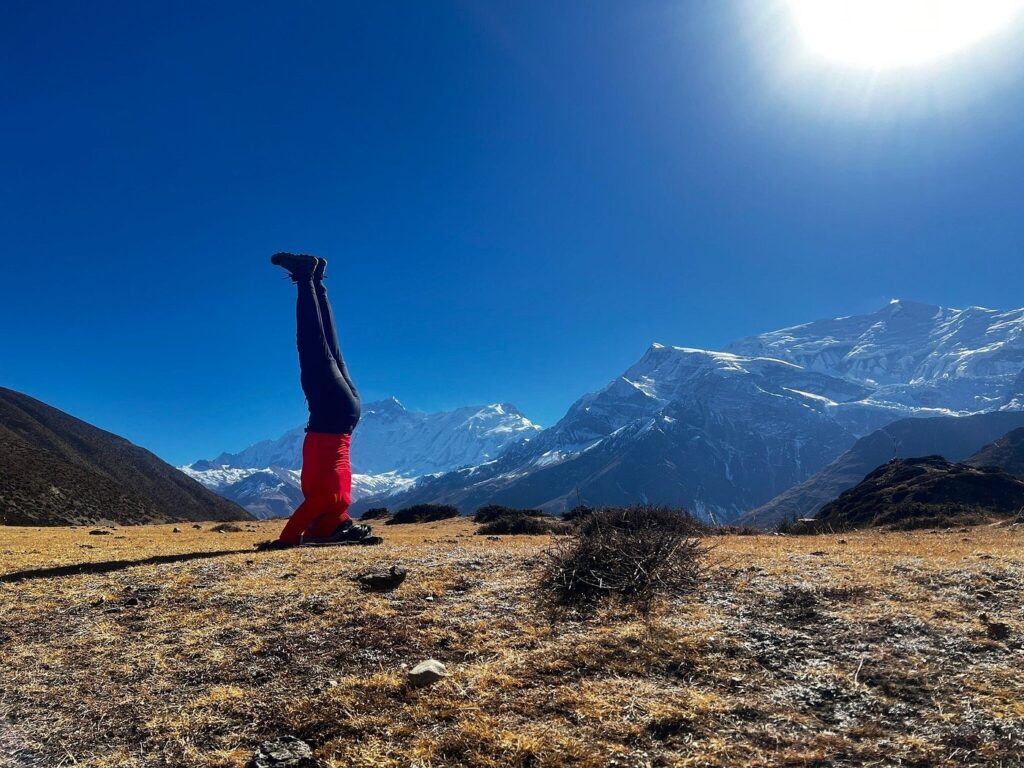
Known for its diverse landscapes, this trek crosses lush valleys, arid plateaus, and the Thorong La Pass (5,416m). Highlights include hot springs at Jhinu Danda and Gurung villages. Its popularity, robust infrastructure, and moderate-to-challenging difficulty make it a safe and rewarding choice for female trekkers.
3. Langtang Valley Trek (7-10 days)
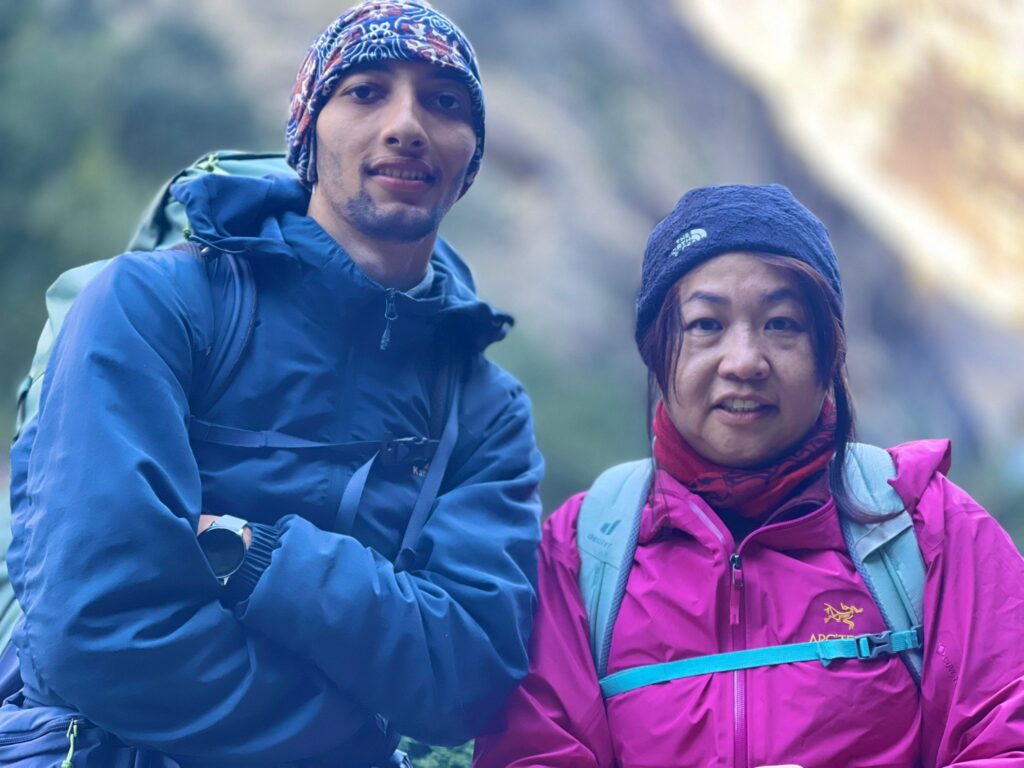
A shorter, moderate trek near Kathmandu, this route offers glaciers, forests, and Tamang villages. Its quieter trails and proximity to the capital make it ideal for solo female travelers seeking tranquility and stunning views of Langtang Lirung.
4. Gokyo Lakes Trek (10-12 days)
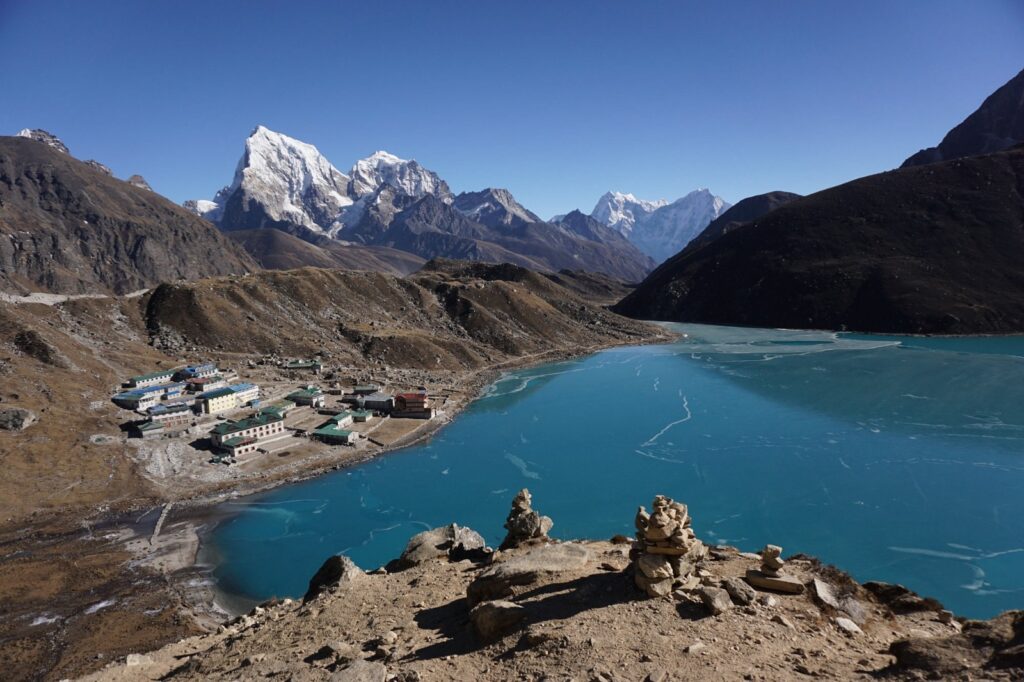
In the Everest region, this trek features turquoise glacial lakes and panoramic views from Gokyo Ri (5,357m). Less crowded than Everest Base Camp, it’s perfect for women who value serenity and natural beauty alongside Sherpa cultural experiences.
5. Mardi Himal Trek (5-7 days)
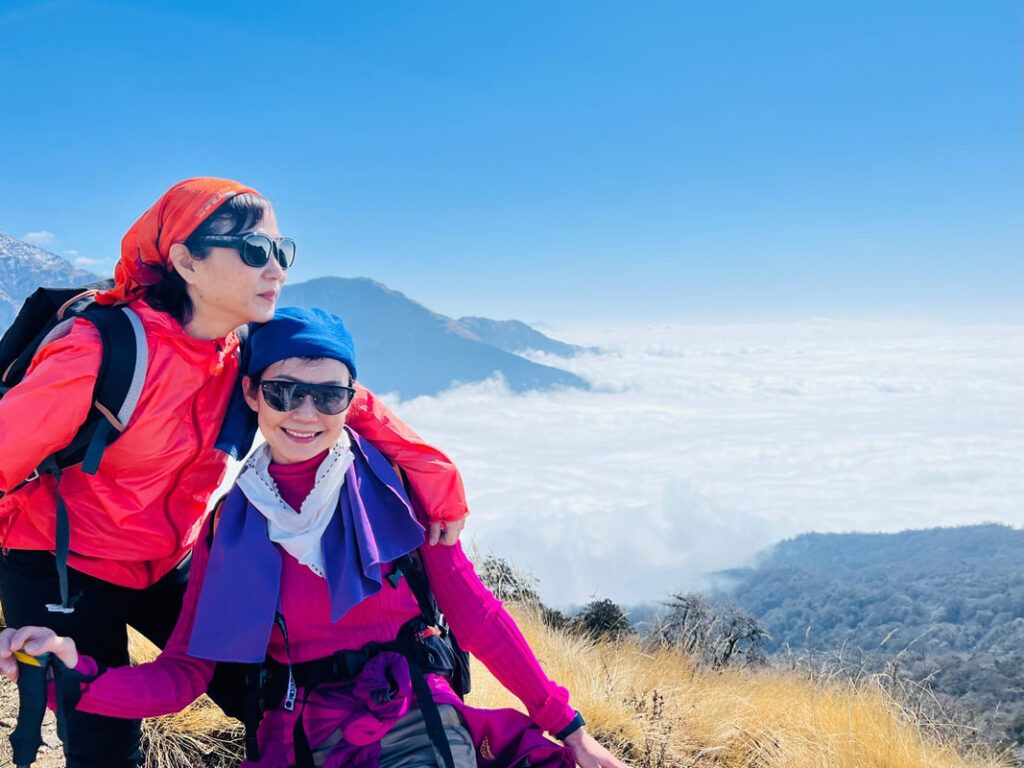
A hidden gem in the Annapurna region, this moderate trek offers uncrowded trails and close-up views of Mardi Himal and Machhapuchhre. Its shorter duration and teahouse accommodations make it a safe and scenic option for female trekkers.
Comparing Trekking in Nepal for Women to Other Countries
Nepal’s trekking experience for women surpasses many other destinations due to its safety, affordability, and cultural depth. The table below compares Nepal to other popular trekking countries:
| Aspect | Nepal | Peru (Inca Trail) | New Zealand (Milford Track) | India (Himalayan Treks) | Tanzania (Kilimanjaro) |
|---|---|---|---|---|---|
| Safety for Women | High; mandatory guides, women-led treks, teahouses | Moderate; guided, but remote | High; regulated, but isolated | Moderate; varies, less regulated | Moderate; guided, but high-altitude risks |
| Affordability | Very affordable; $10-20/night teahouses, low permits | Expensive; $500+ permits, mandatory guides | Moderate; $200+ guided tours, hut fees | Affordable, but inconsistent infrastructure | Expensive; $1,500+ for guided treks |
| Cultural Immersion | Rich; Sherpa, Gurung, Tamang villages, monasteries | High; Inca ruins, limited community interaction | Low; nature-focused, minimal culture | High; diverse, but less consistent hospitality | Moderate; local guides, limited village interaction |
| Trail Variety | Extensive; easy to challenging, 4-21 days | Limited; mainly Inca Trail | Moderate; iconic tracks, fewer options | Moderate; Himalayan trails, less accessible | Limited; Kilimanjaro routes |
| Women’s Empowerment | Strong; female guides/porters, women-only treks | Low; male-dominated guiding | Low; minimal female-specific initiatives | Low; emerging, less focus | Low; male-dominated guiding |
| Scenic Beauty | World-class; Everest, Annapurna, diverse ecosystems | High; Machu Picchu, Andes | High; fjords, mountains, less altitude | High; Himalayas, but less maintained | High; Kilimanjaro, but single-peak focus |
| Infrastructure | Robust; teahouses, permits, guides | Moderate; camping, limited facilities | High; huts, but booking required | Variable; limited in remote areas | Moderate; camping, basic facilities |
Nepal’s mandatory guide policy and women-led treks ensure unparalleled safety compared to Peru’s remote trails or India’s less-regulated routes. Its affordability, with teahouse stays and low permit costs, contrasts with Tanzania’s high fees or Peru’s expensive permits. Nepal’s cultural immersion, through interactions with diverse ethnic groups, surpasses New Zealand’s nature-centric treks. The variety of trails, from short to multi-week, outshines Peru’s limited options or Tanzania’s single-peak focus. Nepal’s emphasis on women’s empowerment, with female guides and sustainable practices, makes it a standout destination for female trekkers.
Preparing for Your Trek: Essential Tips for Women
Proper preparation ensures a safe and enjoyable trek. Here are detailed tips tailored for female trekkers:
- Physical Fitness: Start training 3-4 months in advance with cardio (running, cycling), hiking, and strength exercises (squats, lunges). Resources like Ian Finch’s multi-day trek guide provide structured plans to build stamina.
- Trekking Gear: Pack lightweight, layered clothing (moisture-wicking base layers, fleece, waterproof jacket), sturdy hiking boots, a trekking pole, and a 30-40L backpack. Include a first aid kit with bandages, antiseptic, painkillers, and Diamox for altitude sickness. Big Sky Treks offers gear checklists tailored for women.
- Trekking Permits: Obtain TIMS cards and national park permits through agencies like Big Sky Treks. Since April 2023, solo trekking is prohibited, requiring a licensed guide or agency booking.
- Best Seasons: Trek in spring (March-April) or autumn (September-November) for clear skies and mild temperatures. Avoid monsoon season (June-August) except in rain-shadow areas like Upper Mustang or Upper Dolpo.
- Cultural Sensitivity: Dress modestly (long pants, covered shoulders) and respect local customs, such as removing shoes in homes or monasteries. Big Sky Treks’ guides provide cultural briefings to ensure respectful interactions.
- Health and Hygiene: Carry sanitary pads, hand sanitizer, and wet wipes for hygiene in remote areas. Big Sky Treks advises on managing menstruation during treks and provides supplies if needed.
- Altitude Sickness Prevention: Acclimatize properly by ascending gradually and staying hydrated. Guides monitor for symptoms like headaches or nausea and carry oxygen or medication as needed.
How Big Sky Treks Elevates Your Trekking Experience
Big Sky Treks, a trusted partner for trekking in Nepal with over two decades of experience, is committed to making trekking in Nepal for women safe, empowering, and unforgettable. Their women-centric services ensure every detail is tailored to female trekkers’ needs. Here’s how they support you:
- Female Guides as Leaders: Big Sky Treks employs skilled female guides, who bring expertise and empathy to the trails. These women understand the unique challenges female trekkers face, fostering a supportive and empowering environment.
- Sanitary Supplies and Hygiene Support: Recognizing women’s needs, Big Sky Treks provides sanitary pads, tampons, and other essentials upon request. They offer practical advice on maintaining hygiene in teahouses, ensuring comfort during menstruation or long trekking days.
- Women-Only Trekking Groups: Big Sky Treks organizes women-led groups, creating a sense of community and safety. These groups allow female trekkers to connect, share experiences, and build lasting friendships.
- Customized Itineraries: Whether you’re a beginner tackling the Royal Trek or an experienced trekker aiming for the Annapurna Circuit, Big Sky Treks designs trips based on your fitness level, time constraints, and interests, ensuring a personalized adventure.
- Comprehensive Safety Measures: Licensed guides prioritize safety, offering altitude sickness prevention tips, first aid, and trail navigation expertise. They carry oxygen cylinders and first aid kits with women-specific items like menstrual pain relief.
- Cultural Immersion and Sustainability: Guides facilitate authentic interactions with local communities, from learning Sherpa recipes to visiting Gurung homestays. Big Sky Treks supports sustainable trekking by employing local female porters and minimizing environmental impact.
- Logistical Expertise: They handle permits (TIMS, park fees), teahouse bookings, and gear recommendations, streamlining your trip planning. Their detailed briefings cover everything from packing to cultural etiquette.
- Empowering Local Women: By employing female guides and porters, Big Sky Treks contributes to gender equality in Nepal’s trekking industry, inspiring trekkers and locals alike.
To plan your dream trek, contact Big Sky Treks at bigskytreks@gmail.com or +9779846139572. Their dedication to women’s safety, comfort, and empowerment ensures a transformative Himalayan journey.
FAQs About Trekking in Nepal for Women
1. Is Nepal safe for female trekkers?
Yes, Nepal is highly safe due to mandatory guides, women-led treks, and teahouse accommodations. Big Sky Treks enhances safety with female guides and comprehensive protocols.
2. Which treks are best for beginner women trekkers?
The Poon Hill Trek and Mardi Himal Trek are ideal for beginners, offering easy trails, stunning views, and safe teahouses. Big Sky Treks tailors these routes for comfort.
3. How does Big Sky Treks address women’s hygiene needs?
They provide sanitary pads, hygiene advice, and first aid kits with menstrual relief items. Guides offer tips for managing hygiene in remote teahouses.
4. What should women pack for a Nepal trek?
Pack layered clothing, sturdy boots, a trekking pole, sanitary supplies, and a first aid kit with Diamox. Big Sky Treks provides detailed packing lists for women.
5. What is the best time to trek in Nepal for women?
Spring (March-May) and autumn (September-November) offer clear skies and weather, ideal for trekking. Big Sky Treks helps plan seasonal itineraries for optimal conditions.



